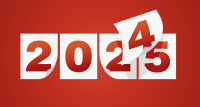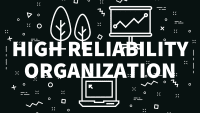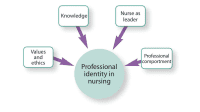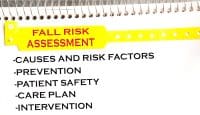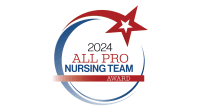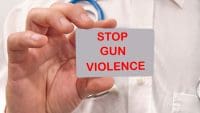Emerging trends are defining nursing’s future.
It’s hard to imagine that just a year ago the world was in a very different place. Now in the midst of a horrific and far-reaching pandemic, we’ve learned important lessons that we shouldn’t forget. These lessons are unfolding as a series of powerful trends pushing the nursing profession and the healthcare system toward a better future, faster than we could have imagined previously. We’re approaching a better normal—a now normal, not a new normal as many have described it.
We frequently use debriefings in our daily work—after procedures, important care situations, meetings, and other events—to reflect upon what went well and what could be improved. Applying that tool now is important to document the early lessons of our pandemic experience.
To ensure that you have access to helpful lessons on a timely basis, the web-exclusive articles listed in the table of contents of this issue of American Nurse Journal have already been published online. Topics include cross-training nurses in response to the pandemic, planning for a surge, and creating a clinic to screen employees for COVID-19. Read these and other articles (and watch for more to be posted) in our COVID-19 Resource Center (myamericannurse.com/covid-19-resource-center).
Nursing response to the pandemic has been well-documented in the media, but I’d like to present it in a broader professional trend context.
- The mega-trend is a more patient-centered care system, illustrating how quickly better patient management strategies have emerged. COVID-19 is the pivot point. We’ve been challenged to change, and we can’t continue without those changes. Two examples are dramatic telehealth expansion to replace office visits and advanced practice nurses practicing at the top of their license to improve care access.
- Communication lessons are numerous. The lack of a COVID-19 evidence base forced new connections and fostered deeper relationships within our teams. With few answers at our fingertips, we’ve learned that a problem shared is a problem halved. Now it’s okay to say, “I don’t know, and I need help planning care for this patient.” Team huddles to review patient and family needs are the norm, not the exception, and authentic compassion characterizes our interactions with team members, patients, and families.
- Building nurse resilience is a key success factor. “Resilience” has been a buzzword for a few years, but the pandemic has taught us that we need to strengthen our focus on building the resilience of all nurses in all settings.
- Innovation blossoms during a crisis. When hierarchies and restraints are removed, decision-making speed increases. It’s breathtaking to see how far we’ve come in less than a year because nurses had the freedom to innovate during a crisis. This fact is quite a contrast to the world of over-regulation and strict compliance we live in. Leaders now say: “Figure it out! Make it happen!” The relaxation of excessive regulation plus management support to be creative has been transformational. Rapid experimentation and tolerance of experimental failure, quicker decision making, and leadership at the bedside have been important drivers.
How will we apply what we’ve learned so far to the future? Keep learning. Keep sharing. Keep adapting. New practices continue to emerge, but documenting and sharing what we have learned up to now is essential. Reducing the burden of work at the bedside and protecting healthcare workers’ physical and psychological safety must remain a critical priority.
“Better” has no limit. That’s why I believe we’re experiencing a better normal, not a new normal. And it took a worldwide pandemic to get us here. Let’s keep moving.


Lillee Gelinas, MSN, RN, CPPS, FAAN
Editor-in-Chief







